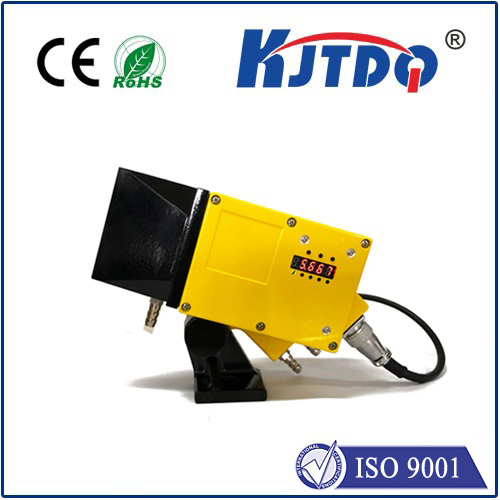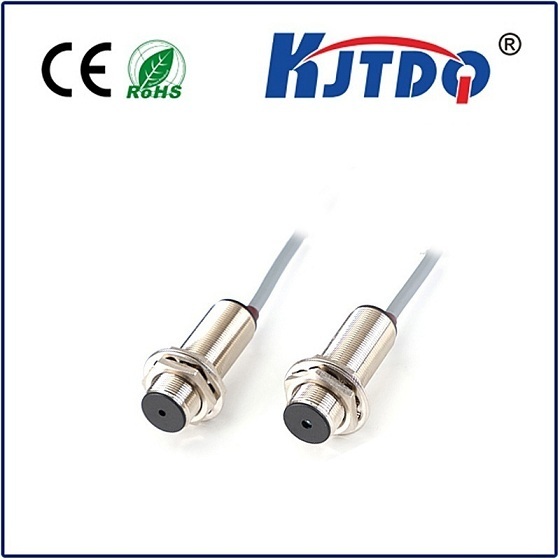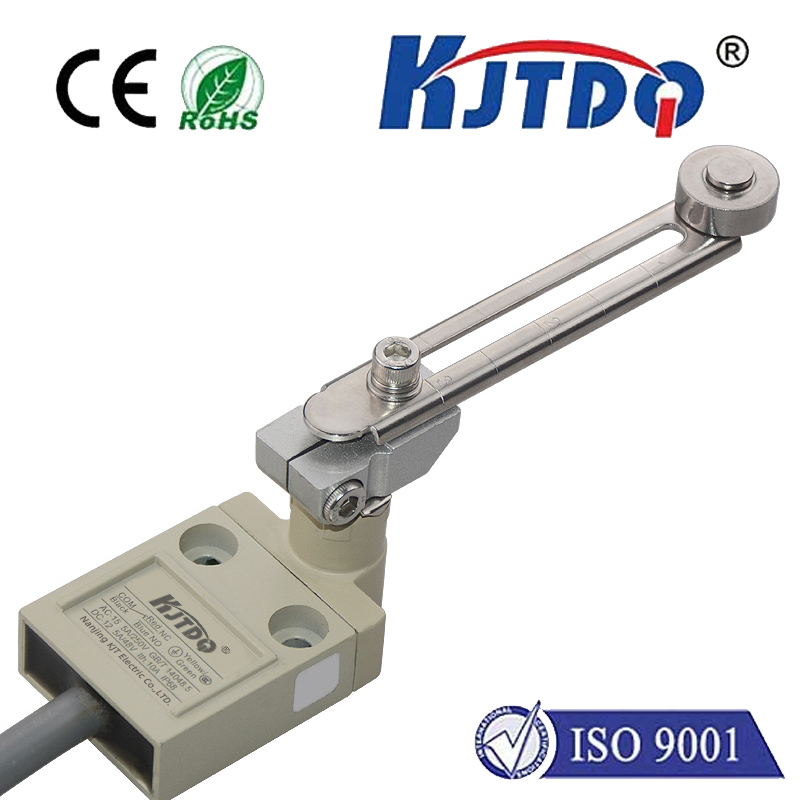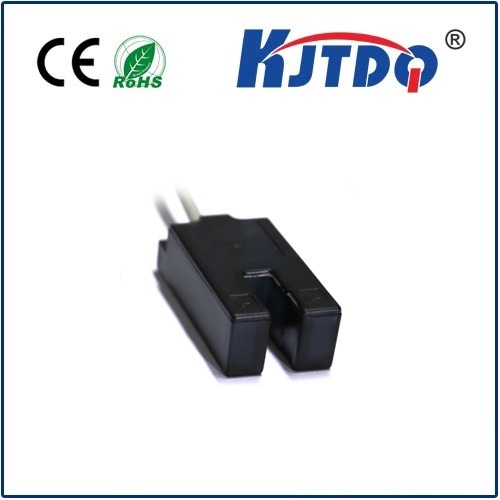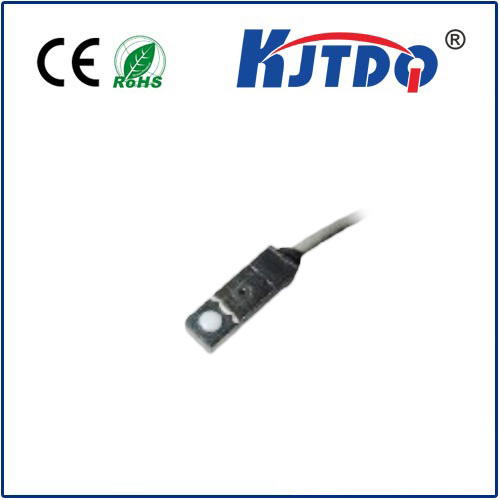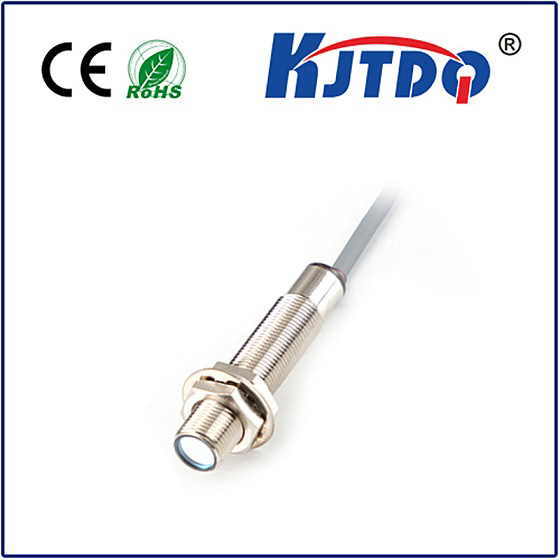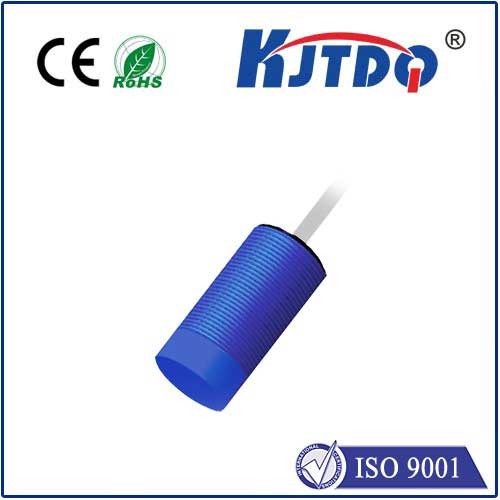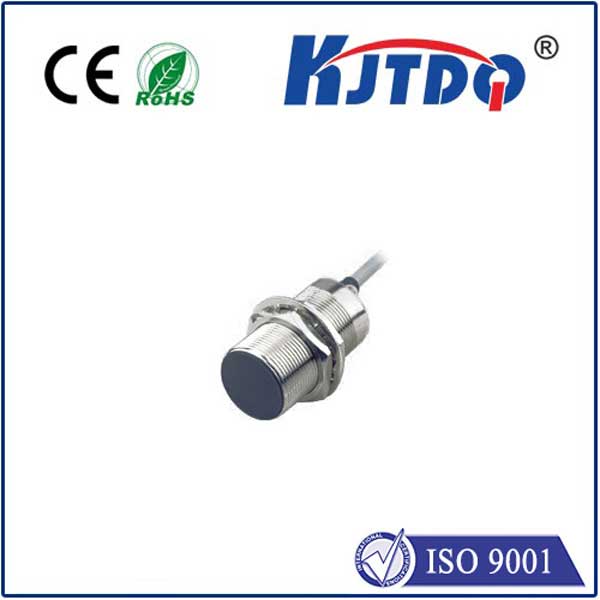

check

check

check

check

check

check

check

check

check

check

Title: Revolutionizing Technology with Miniature Photoelectric Sensors In the rapidly advancing world of technology, miniature photoelectric sensors are making waves across various industries. These compact devices have been designed to detect and measure light, providing critical data for an array of applications. Their portability and precision make them invaluable tools in the realms of medical diagnostics, environmental monitoring, and consumer electronics, among others. Medical Diagnostics Innovation The medical field is one of the most dynamic sectors benefiting from the integration of miniature photoelectric sensors. These sensors enable the development of minimally invasive medical devices that can monitor everything from heart rates to glucose levels. For instance, wearable health monitors use these sensors to track vital signs continuously, allowing for real-time health analysis and early detection of potential issues. As a result, patients receive more accurate diagnoses and timely treatments, leading to improved healthcare outcomes. Environmental Monitoring Precision Environmental monitoring has also seen significant advancements thanks to miniature photoelectric sensors. These sensors play a crucial role in air and water quality testing by accurately measuring pollutants and contaminants. They provide scientists and environmental agencies with the data necessary to assess the health of ecosystems and implement appropriate conservation strategies. Furthermore, their small size allows for deployment in remote or hard-to-reach locations, facilitating comprehensive environmental monitoring efforts. Consumer Electronics Reshaping In consumer electronics, miniature photoelectric sensors are revolutionizing the way we interact with our devices. These sensors contribute to the creation of intuitive interfaces, such as proximity sensors in smartphones that turn off the screen to save battery life when not in use. Additionally, they enhance the functionality of home automation systems by enabling gesture control and automated lighting based on occupancy and ambient light levels. The integration of these sensors into everyday devices makes them smarter and more responsive to user needs. Conclusion Miniature photoelectric sensors are at the forefront of technological innovation, driving progress in numerous fields. From enhancing medical diagnostics to improving environmental monitoring and reshaping consumer electronics, their impact is profound. As technology continues to evolve, the applications for these tiny yet powerful sensors are sure to expand even further, opening new possibilities and transforming industries in unforeseen ways. The future looks bright for miniature photoelectric sensors, with their continued contributions poised to shape a smarter and more efficient world.
